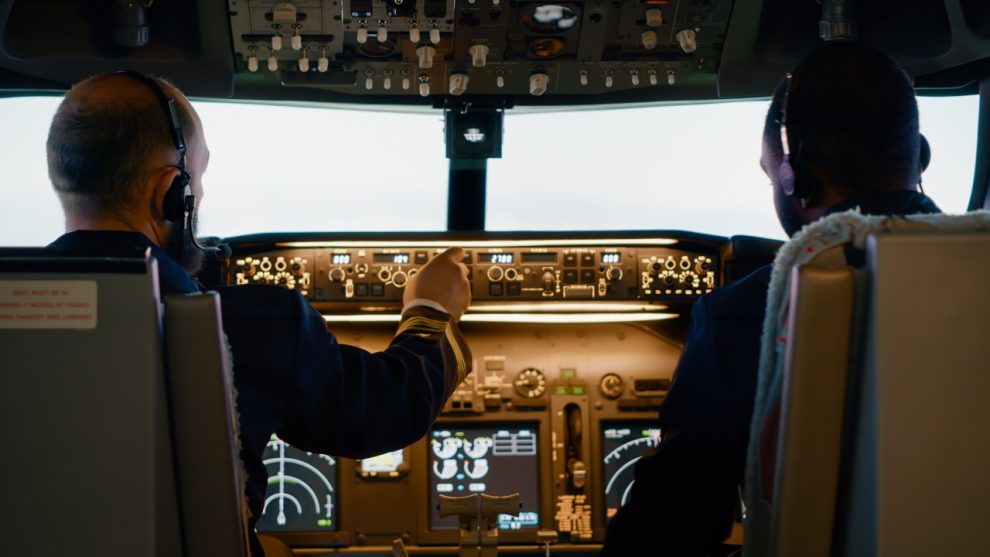Air travel plays a vital role in our interconnected world, but its growth brings challenges. Congestion, delays, and inefficiencies plague the system, causing frustration for passengers, economic losses for airlines, and environmental damage. Fortunately, a technological revolution is taking flight: Artificial Intelligence (AI) is poised to transform air traffic management (ATM), paving the way for smoother skies, reduced fuel consumption, and a more sustainable future for aviation.
The Turbulence of Today’s Air Traffic:
- Delays: In 2022, the average global flight delay was 38 minutes, costing airlines billions and inconveniencing millions.
- Fuel inefficiency: Inefficient flight paths and airspace congestion contribute significantly to fuel burn, increasing costs and carbon emissions.
- Limited capacity: Growing demand outpaces airspace capacity, creating bottlenecks and delays.
AI as the Wind Beneath Our Wings:
AI excels at analyzing vast amounts of data, making it ideal for optimizing complex systems like ATM. Here’s how it takes flight:
- Real-time Traffic Prediction: AI algorithms analyze weather patterns, aircraft positions, and historical data to predict future traffic flow with remarkable accuracy. This enables proactive measures to avoid congestion and optimize flight paths.
- Dynamic Route Planning: AI can craft individualized, fuel-efficient routes for each flight, considering factors like wind, weather, and airspace availability. This dynamic approach reduces overall fuel consumption and emissions.
- Collaborative Decision-Making: AI can assist air traffic controllers by suggesting optimal strategies for managing traffic flow, taking into account multiple factors simultaneously. This collaborative approach improves decision-making and reduces human error.
- Automated Conflict Resolution: AI can identify potential conflicts between aircraft trajectories and suggest corrective actions before they occur, enhancing safety and efficiency.
The Benefits of Taking Off with AI:
- Reduced Delays: Studies show AI-powered ATM can cut delays by up to 30%, saving passengers time and airlines money.
- Fuel Efficiency and Sustainability: Optimized routes and reduced congestion can lead to a 5-10% reduction in fuel consumption, translating to significant cost savings and lower carbon emissions.
- Increased Capacity: AI can help squeeze more efficiency out of existing airspace, accommodating more flights without compromising safety.
- Enhanced Safety: Real-time conflict detection and resolution powered by AI can further improve safety in the skies.
Navigating the Headwinds:
While the potential of AI in ATM is immense, challenges remain:
- Data Integration: Seamless integration of data from various sources (airlines, airports, air traffic control) is crucial for effective AI solutions.
- Standardization: Global standardization of AI-powered ATM systems is necessary to ensure seamless interoperability and avoid fragmentation.
- Regulatory Hurdles: Regulatory frameworks need to adapt to accommodate the innovative capabilities of AI-powered ATM.
Conclusion: A Clear Sky Ahead:
Despite the headwinds, the potential of AI for revolutionizing air traffic management is undeniable. By optimizing routes, reducing delays, and improving fuel efficiency, AI can deliver a win-win-win for passengers, airlines, and the environment. As we invest in research, development, and implementation, AI is poised to guide us towards a future of smoother skies, a more efficient industry, and a sustainable aviation sector.
















Add Comment